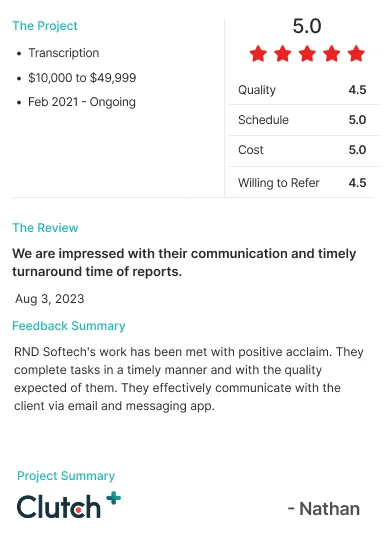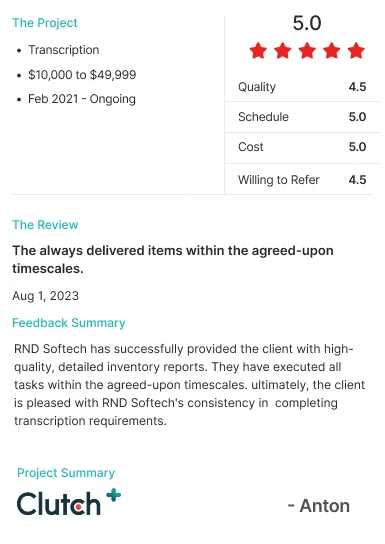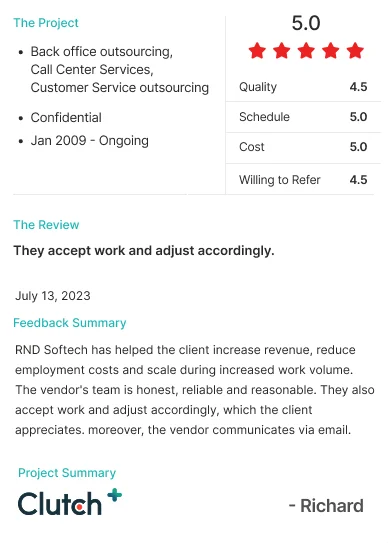Introduction
-
A mid-term report of inventory audit is a detailed inspection and documentation of a
property's condition that takes place during the lease term, typically halfway
through the lease. The purpose of this report is to record the state of the
property, including furniture, appliances, fixtures, and other assets. A trained
professional checks for any damages, wear and tear, or missing items and compares
them with the initial inventory.
-
This report helps landlords and tenants keep track of the property's condition
during the lease, preventing disputes at the end of the lease about damages or
missing items. It serves as an official record, giving both parties a clear
understanding of what was in the property at that time, and helps ensure
accountability and transparency throughout the lease period.
Challenges faced by Property management companies in Inventory audits
Inventory audits in property management can be a challenging and time-consuming process, with
several pain points that often arise. One major issue is the sheer amount of time required to
manually check, record, and verify inventory, especially when dealing with multiple units or
properties. Inaccurate or incomplete inventory records from previous audits can further
complicate the process, leading to discrepancies that require investigation. Without
standardized procedures, audits can become inconsistent, resulting in confusion and errors
across different staff members or properties. Human error is another common problem, with
mistakes such as overlooking items or mislabeling assets affecting the overall accuracy.
For example, a property manager handling a multi-building complex may find it difficult to ensure
that all assets across the property are accounted for. Additionally, properties without reliable
asset tracking systems, such as barcodes or RFID tags, struggle with accurately tracking and
verifying items. Cooperation from tenants and staff is also vital—delays in gaining access to
units or properties can hinder the audit process. Furthermore, the audit process can be costly,
as it may require additional personnel or software solutions to ensure efficiency and accuracy.
Lastly, property managers must also ensure compliance with legal and regulatory requirements, as
failing to conduct regular or accurate audits could lead to legal repercussions or financial
loss.
To address these challenges, property managers often adopt digital inventory tracking systems,
systematize processes, and invest in staff training to make audits more efficient and reduce
errors. For instance, using RFID tags or barcode scanning technology can significantly speed up
asset verification, ensuring more accurate results in a fraction of the time.
The benefits of outsourcing inventory transcription services
Improved accuracy and reliability
Outsourcing inventory transcription significantly improves accuracy and reduces errors. According
to a study by Small Business Trends, businesses that use automated data entry see up to a 40%
reduction in human error compared to manual methods. For property managers, this means fewer
mistakes in financial reporting and asset tracking, which can lead to costly issues down the
line.
In fact, a report from the National Association of Property Managers (NAPM) found that 75%of
property management firms face discrepancies in their asset audits due to poor record-keeping
and human errors. By outsourcing, property managers can ensure that all assets are accurately
recorded and ready for audits, improving transparency and accountability. This reduces the risk
of financial discrepancies and makes the entire process smoother and more efficient.
Cost and time efficiency
Outsourcing inventory transcription brings substantial operational savings and time efficiency,
which are game-changers for property managers. Studies from McKinsey & Company suggest that
outsourcing routine functions can cut operational costs by up to 30%. This means property
managers can redirect those savings into other crucial areas, like property maintenance,
improving tenant relations, or expanding their business.
Additionally, Deloitte’s Global Outsourcing Survey found that companies that outsource tasks like
data transcription see a 20% increase in operational efficiency. For property managers, this
translates to more time to focus on high-priority activities, such as fostering tenant
relationships and growing their property portfolio, rather than being bogged down by manual
inventory tracking. By outsourcing, property managers can operate more effectively to tenants
Access to expertise and advanced technology
Outsourcing inventory transcription services offers significant benefits by providing access to
both advanced technology and specialized expertise, which can greatly improve the accuracy and
efficiency of inventory management. Professional service providers like Rnd Softech use
cutting-edge tools such as barcode scanning, RFID tracking, and advanced software to ensure
real-time, precise asset tracking, reducing human error and improving overall accuracy. These
technologies streamline data entry and provide real-time updates, making inventory management
faster and more reliable.
Moreover, outsourcing to experts brings specialized knowledge in handling complex inventory
systems, ensuring that all data is transcribed and tracked with the highest level of accuracy.
This expertise also helps property managers stay current with the latest industry trends,
regulations, and best practices, ultimately ensuring compliance and minimizing the risk of
errors or legal issues. By outsourcing, property managers can focus on core business functions
while benefiting from the latest technological advancements and expert inventory management.
How inventory audits ensuring accuracy and accountability in your inventory mid-term report
Verification of asset accuracy
It's important to document any imperfections or damages such as stains, cracks or marks on the
walls, floors and ceilings. This should be done in every room of the property, including
hallways and bathrooms.
Ensuring accountability through documentation
Regular audits create a documented trail of inventory records, making it clear who is responsible
for each asset at various stages—whether it’s acquisition, storage, or usage. This level of
transparency ensures that each person or department handling inventory can be held accountable
for maintaining proper records. In the case of discrepancies, audits provide an audit trail that
can trace the source of the error or issue, helping property managers enforce accountability.
This is particularly important when managing large properties or portfolios where multiple teams
are involved in inventory management.
Financial benefits of inventory mid-term report
Improved Cash Flow Management
An up-to-date inventory mid-term report allows property managers to have a clear view of what’s
in stock, what’s being used, and what items are sitting idle. This visibility helps prevent
overstocking, which ties up cash in unused inventory, and understocking, which could lead to
operational disruptions and potentially lost revenue. By aligning inventory levels with actual
needs, property managers can better manage cash flow. For instance, by reducing unnecessary
inventory purchases or moving excess stock, they can free up capital for other business needs or
investment opportunities. This balance ensures that cash isn’t unnecessarily locked up in
inventory, allowing for smoother financial management.
Cost Reduction and Operational Efficiency
Regular inventory audits through mid-term reports help property managers identify inefficiencies,
such as excessive purchases or wasteful use of materials. This insight helps reduce costs by
ensuring that purchasing decisions are based on actual data rather than assumptions or
inaccurate records. For example, if a report shows that certain items are rarely used, property
managers can scale back purchases, renegotiate contracts, or even dispose of outdated stock.
These measures prevent unnecessary spending, which can significantly reduce operational costs.
Additionally, accurate tracking helps prevent over-ordering, minimizing storage costs and
reducing the risk of spoilage or obsolescence. By optimizing inventory levels, property managers
can operate more efficiently and with lower costs.
Better Budgeting and Forecasting
Accurate inventory data is crucial for effective budgeting and financial forecasting. With a
clear and current inventory snapshot, property managers can better predict their future needs,
whether it's replenishing stock, purchasing maintenance supplies, or handling tenant-related
property demands. This ensures that the money allocated for inventory in the budget is spent
efficiently. A well-maintained mid-term inventory report allows property managers to spot
trends, such as which items need to be ordered more frequently or which are less in demand, and
adjust their forecasts accordingly. By aligning inventory purchases with actual usage patterns,
property managers can avoid overspending or running into shortages, ensuring the property
remains well-stocked without overcommitting financially. This leads to a more predictable and
reliable budget, reducing the risk of unexpected costs or financial strain.
The RND Softech advantages, in preparing Inventory audit reports
Inventory audits are essential for ensuring accuracy, accountability, and transparency in
your inventory management system. By regularly auditing your stock, you can identify
discrepancies, reduce risks, and enhance operational efficiency. For better results and a
more integrated approach to inventory management, RND Softech provides expert solutions to
your business needs. We help property management companies to maintain accurate records,
optimize processes, and drive sustainable growth.
Take the next step toward achieving greater inventory control and success with RND Softech
today!
For more details, visit us at https://www.rndsoftech.uk/
Author
Article Written by
Priya TM
GM - Delivery and operations
Priya TM has an MBA with 24+ years of experience joining as a HR executive and moving on to
become the operations and delivery head. She is responsible for integrating, synergizing the
various functional activities for delivering the Organizational goals. She is also in charge
of cost budgeting and macro management.










